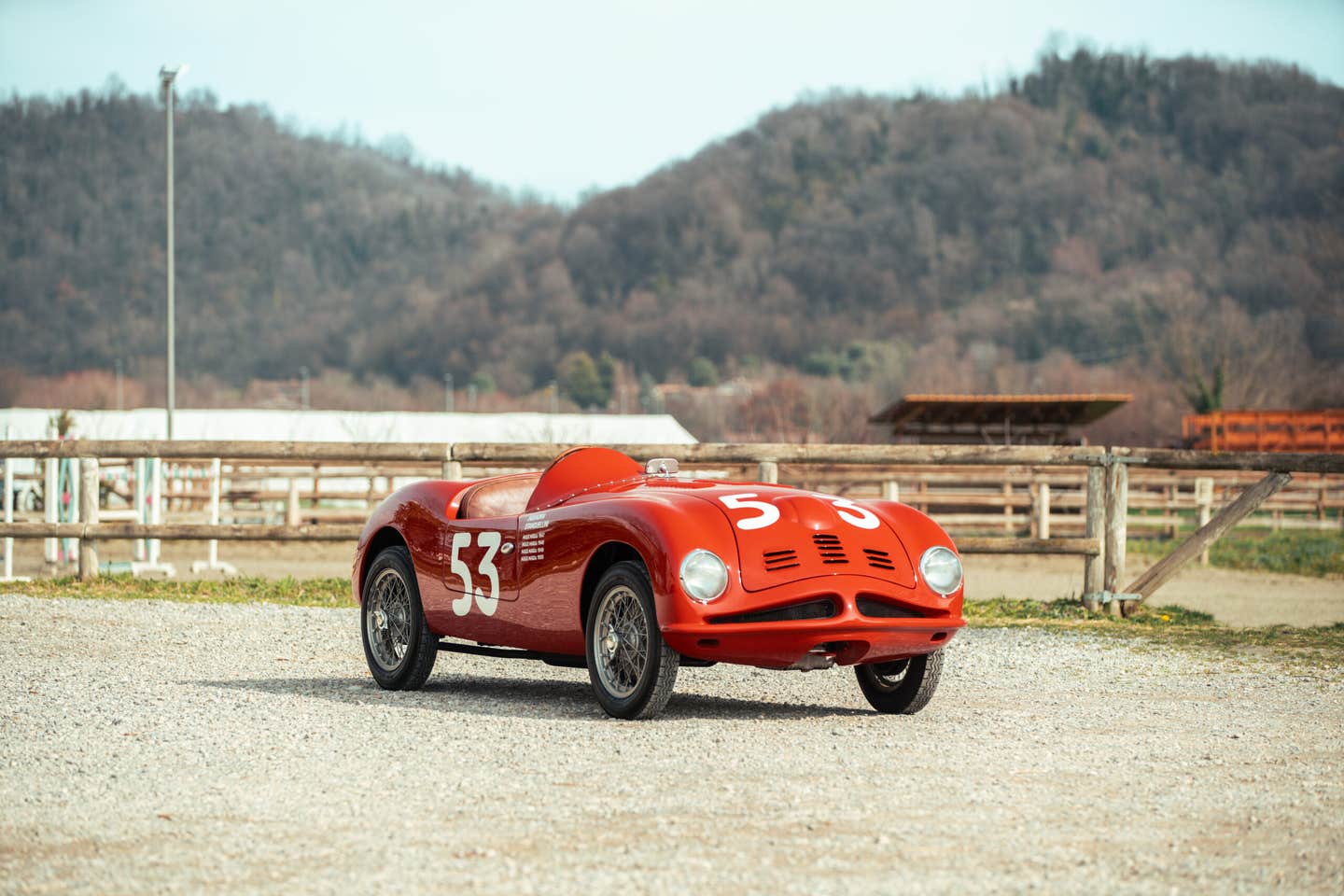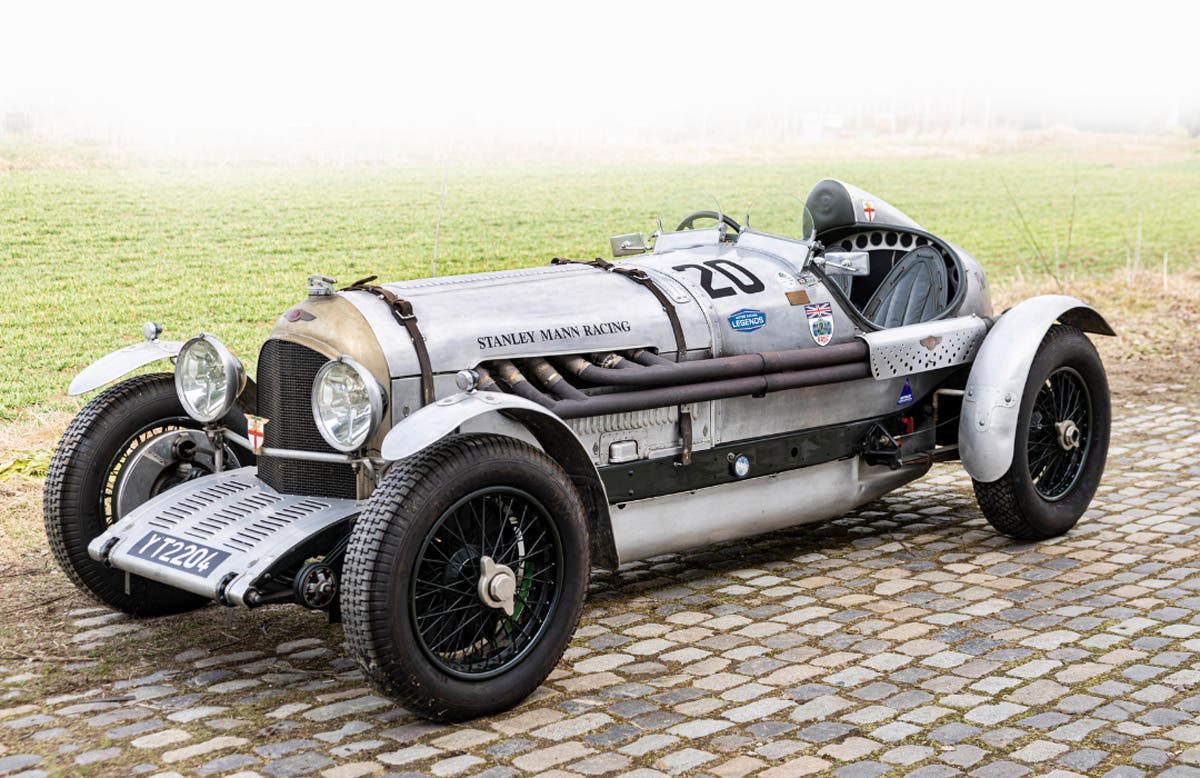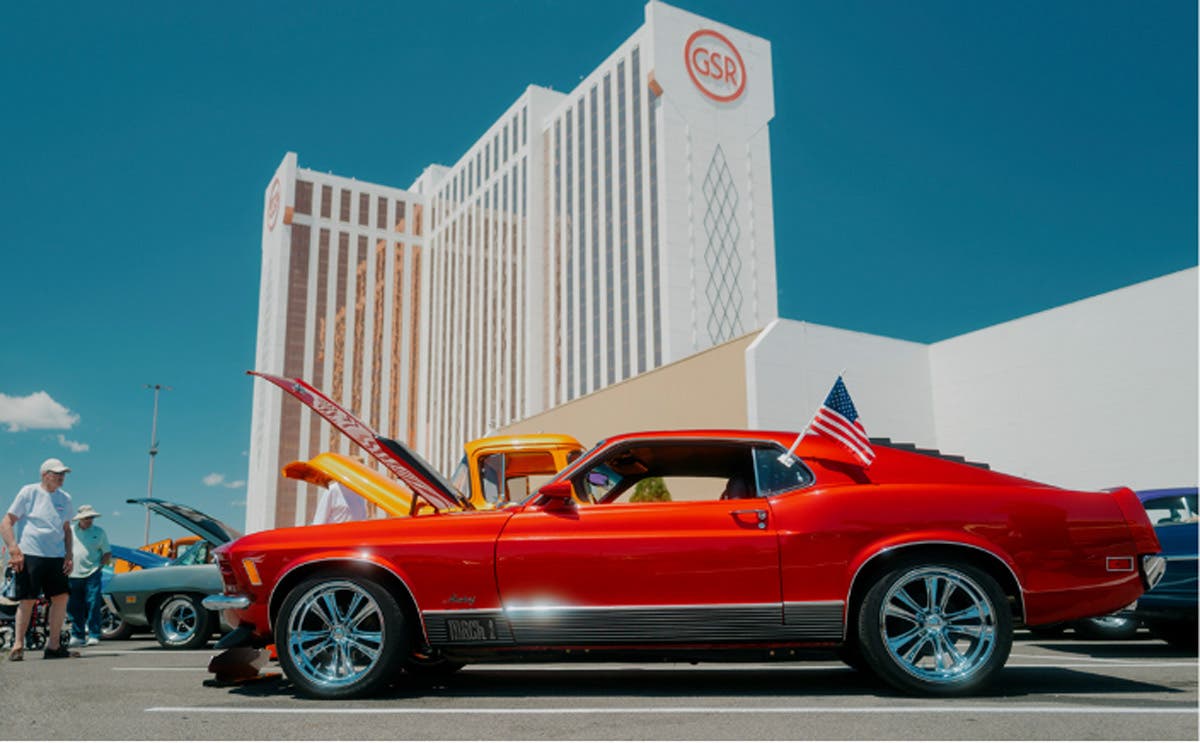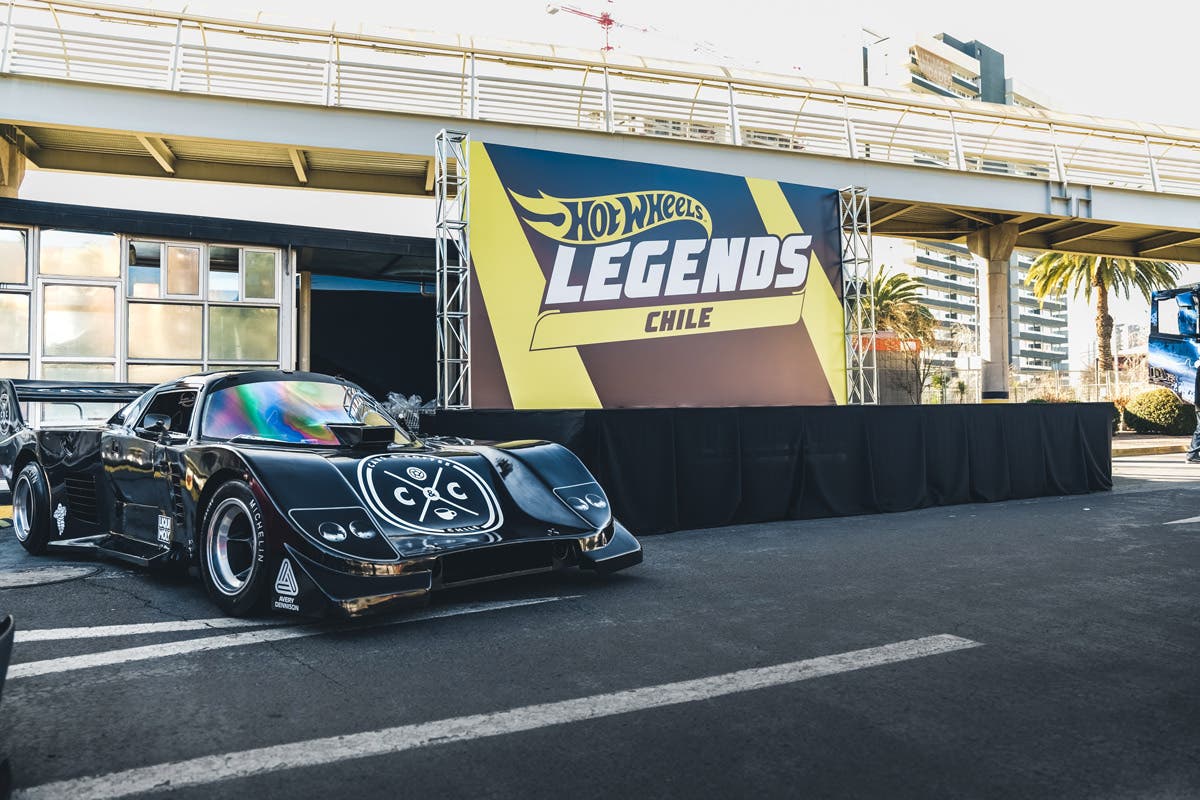Nude Duesenberg sculpture offered at auction
Murphy Torpedo convertible coupe originally purchased with Ford profits to be sold at RM Sotheby’s 2021 Amelia Island sale
Some of the world’s most perfect sculptures are nudes: David by Michelangelo, Venus de Milo by Alexandros of Antioch and this Duesenberg Model J Disappearing Top Torpedo convertible coupe by Murphy.
The automotive sculpture in question is the creation of multiple artists at Duesenberg and Walter M. Murphy coachbuilders, not just one artist, and that might make the feat even more impressive.
Upon the Model J Duesenberg’s debut in late 1928, coachbuilder Walter M. Murphy of Pasadena, California, was among the first to design bodies for the magnificent new Model J chassis. Among them was Murphy’s Torpedo convertible coupe, proportionally a mix between a taper-tail (“boattail”) speedster and Murphy’s existing convertible coupe design. The result was magnificent.
While Michelangelo and Alexandros worked in marble, Murphy worked in aluminum over a wood frame. Murphy’s Torpedo body design featured a slightly raised peak in the hood that started behind the radiator with a V mimicking that in the Duesenberg radiator. The peak then widened to the width of the hood and then down to the beltline, which it then formed until it terminated at the tip of the tail. The tail of the car featured the design’s second but most obvious V shape, and of course gave the body design its name. These two V features were bridged by a cockpit with roadster-like features in the thin-pillar windshield (another Murphy feature) and the airplane-like cowl that swept around the driver and passenger.
A total of six Murphy Torpedo convertible coupes were built, none exactly like the other. What makes the Murphy Torpedo body on short-wheelbase chassis 2199 different than the others is its unique tail design. It also stands apart from most other Duesenbergs for the au naturel state of its aluminum-bodied Torpedo convertible coupe body.
For chassis 2199, the Murphy Torpedo convertible coupe body was left completely unpainted, bearing the car’s aluminum construction. The sides of the body were scratch brushed to exotic effect, and like the other Torpedo convertible coupes, the top was polished to a brilliant shine. Fenders of chassis 2199 were painted blue to contrast the exposed coachwork.
One David Gray of Santa Barbara, California, was the original owner of this work of art, and he was photographed in the car very early in its life. Gray came to afford this Duesenberg through his family’s wealth; his father had invested $10,500 during 1903 in Henry Ford’s third and finally successful automobile company. In 1919, Gray cashed out his father’s investment in the Ford Motor Co. for $26 million.
Less than a decade after Gray’s purchase of chassis 2199, the Duesenberg had been sold and began appearing on the silver screen. In 1937, chassis 2199 stole a scene in the film “She Had to Eat” and one year later, it graced theaters in “Red River Range.” By its silver screen debut, chassis 2199’s Murphy body had been cloaked in paint. Its radiator was obscured by a mesh cover, and it was clothed with less-revealing skirted fenders. The original 19-inch wire wheels had been updated to smaller 17-inch wheels, which were masked by wheel covers. While all of these changes were of the type commonly undertaken by Duesenberg to update its cars, they further obscured the naked beauty of chassis 2199’s coachwork.
In its 90 years, chassis 2199 underwent restoration work that added external exhaust pipes of the type used on supercharged Duesenbergs. In a previous restoration, chassis 2199 was further dressed with the rear fender trim that was standard on other Model Js, but originally and intentionally left off in Murphy’s original build of this car.
When offered for sale by RM Sothebys at its January 2016 Arizona sale, chassis 2199 retained all of these chrome dressings. However, the fenders had been returned to the original clam-shell style and exposed and uncovered 19-inch chromed wire wheels were reinstalled. The original Murphy body had been repainted resale red and in this state, chassis 2199 sold for $3 million.
Since that auction, chassis 2199 has been stripped of its dressings in a complete restoration by RM Auto Restoration to reveal its raw original beauty. The supercharger pipes are gone. The rear fender trim is gone. Most importantly of all, the paint on the Murphy coachwork is gone.
In its original glory, the Duesenberg has since appeared at just two concours events including the 2019 Pebble Beach Concours d’Elegance and the 2020 Amelia Island Concours d’Elegance where it was awarded honors. It will return to Amelia Island on May 22 as part of RM Sotheby’s 2021 auction where it will seek a new owner to appreciate its exposed elegance.
*As an Amazon Associate, Old Cars earns from qualifying purchases.
Angelo Van Bogart is the editor of Old Cars magazine and wrote the column "Hot Wheels Hunting" for Toy Cars & Models magazine for several years. He has authored several books including "Hot Wheels 40 Years," "Hot Wheels Classics: The Redline Era" and "Cadillac: 100 Years of Innovation." His 2023 book "Inside the Duesenberg SSJ" is his latest. He can be reached at avanbogart@aimmedia.com






